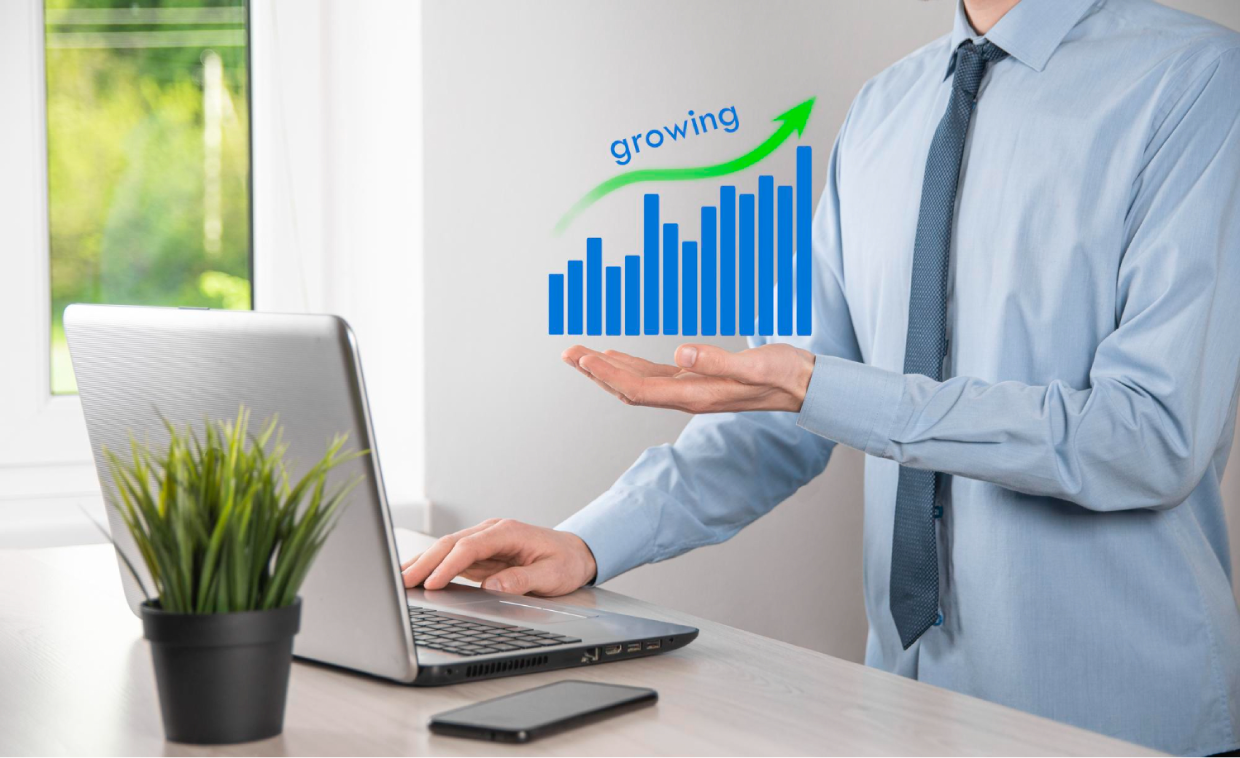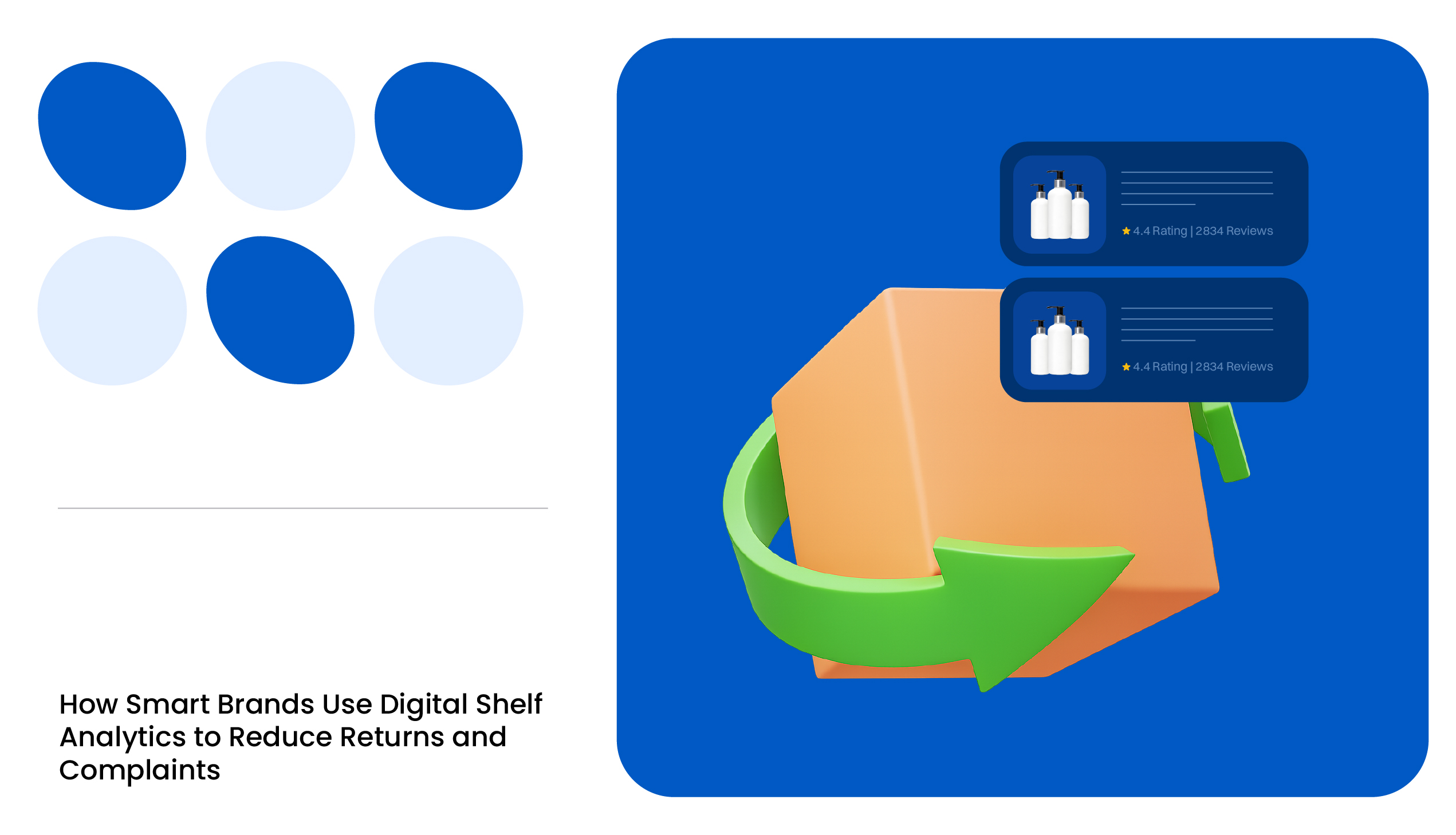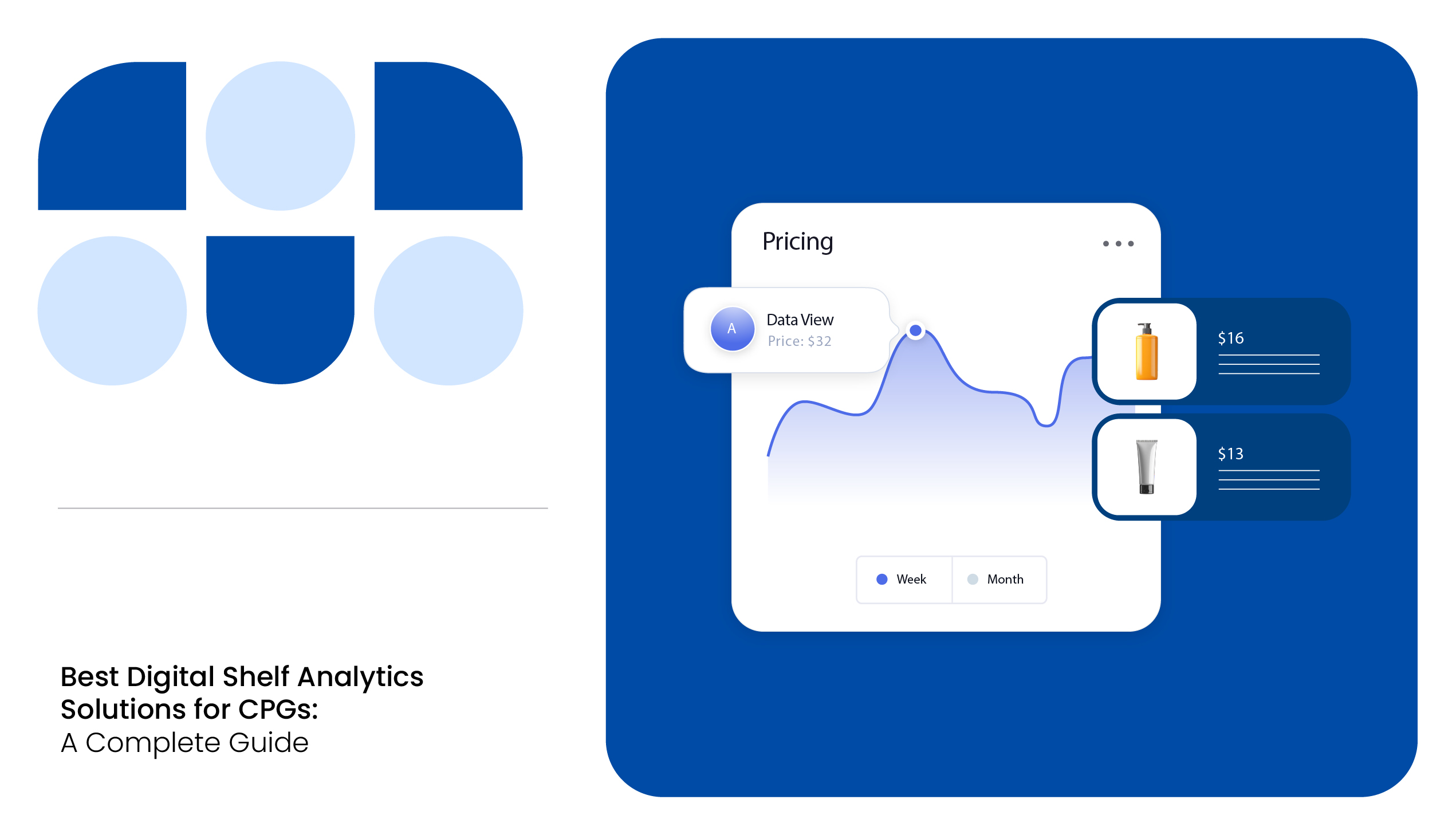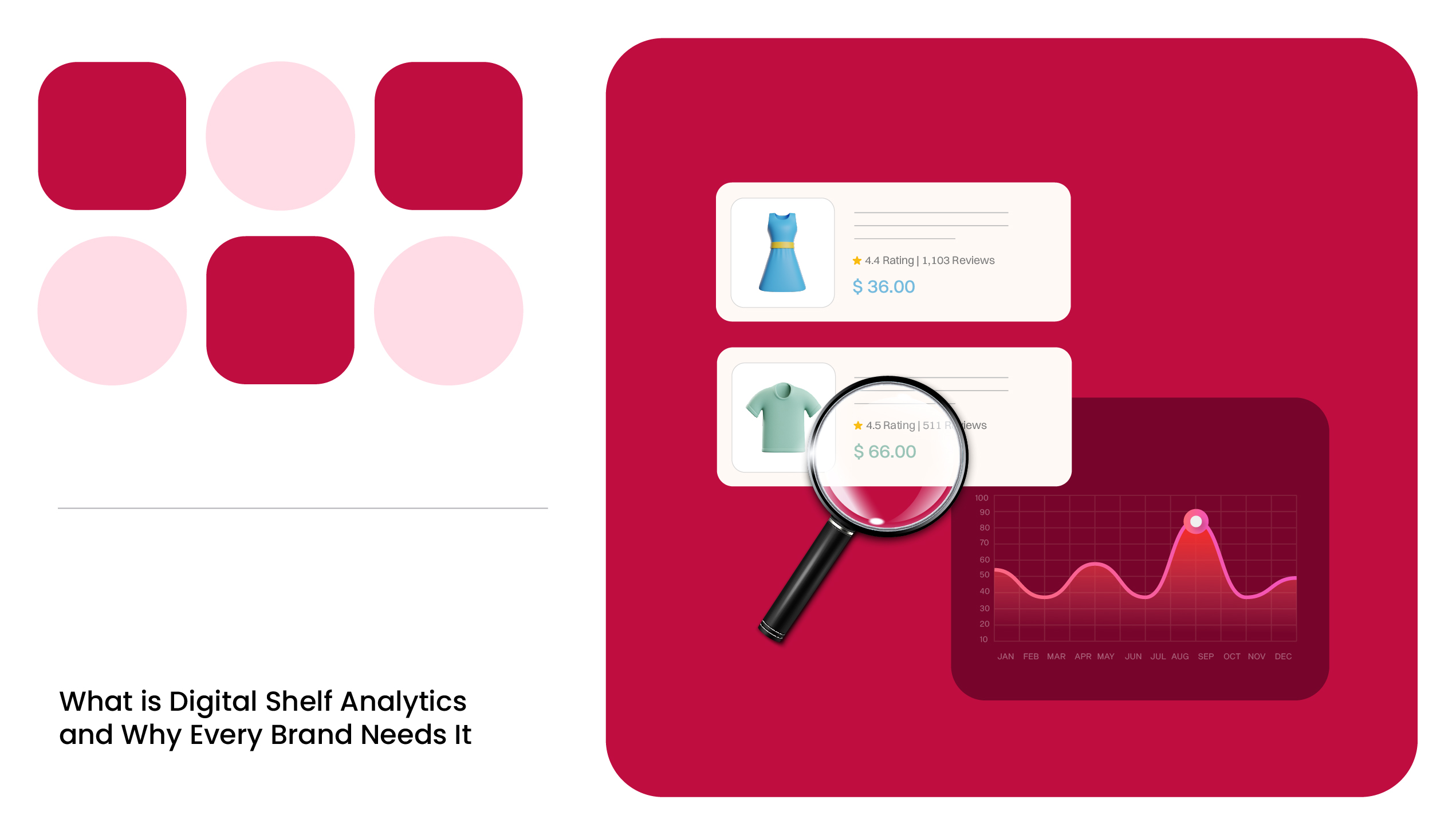The 2024 Adobe Digital Economy Index reveals a steady increase in e-commerce sales in the US. Consumers spent $331.6 billion online in the first quarter of 2024, a 7% year-over-year increase.
The 2023 data reveals that grocery, cosmetics, and sporting goods are the top three categories with the strongest e-commerce sales growth. And, the pace of growth in these sectors is expected to remain positive in 2024 too.
10 Best Strategies to Increase E-Commerce Sales
Not every product in a category is a bestseller. To improve product visibility, spending on paid ads is an easy way out. However, we have shortlisted some of the best e-commerce growth strategies to increase revenue organically.
Have Multi-Channel and Omnichannel Presence
Optimize the Listings to Improve Store’s SEO
Participate in Prominent Shopping Events
Include User-Generated Content
Give More Product Recommendations
Monitor Products Using Digital Shelf Analytics
Focus on Customer Needs
To boost e-commerce sales, companies should have
- A product that provides value to the user
- The right content to entice customers to buy
- Market it on the right set of channels at the right moment
Segmenting customers according to their age, geography, and income is the primary step to understanding the target group. Building an omnichannel functionality based on the shopping path of a customer may provide them with a more personalized experience.
Have Multi-Channel Presence
Most brands desiring to reach a larger customer base try to be present across multiple channels, each offering a distinct shopping experience. According to eMarketer, 2023 witnessed an increase in multi-channel e-commerce sales.
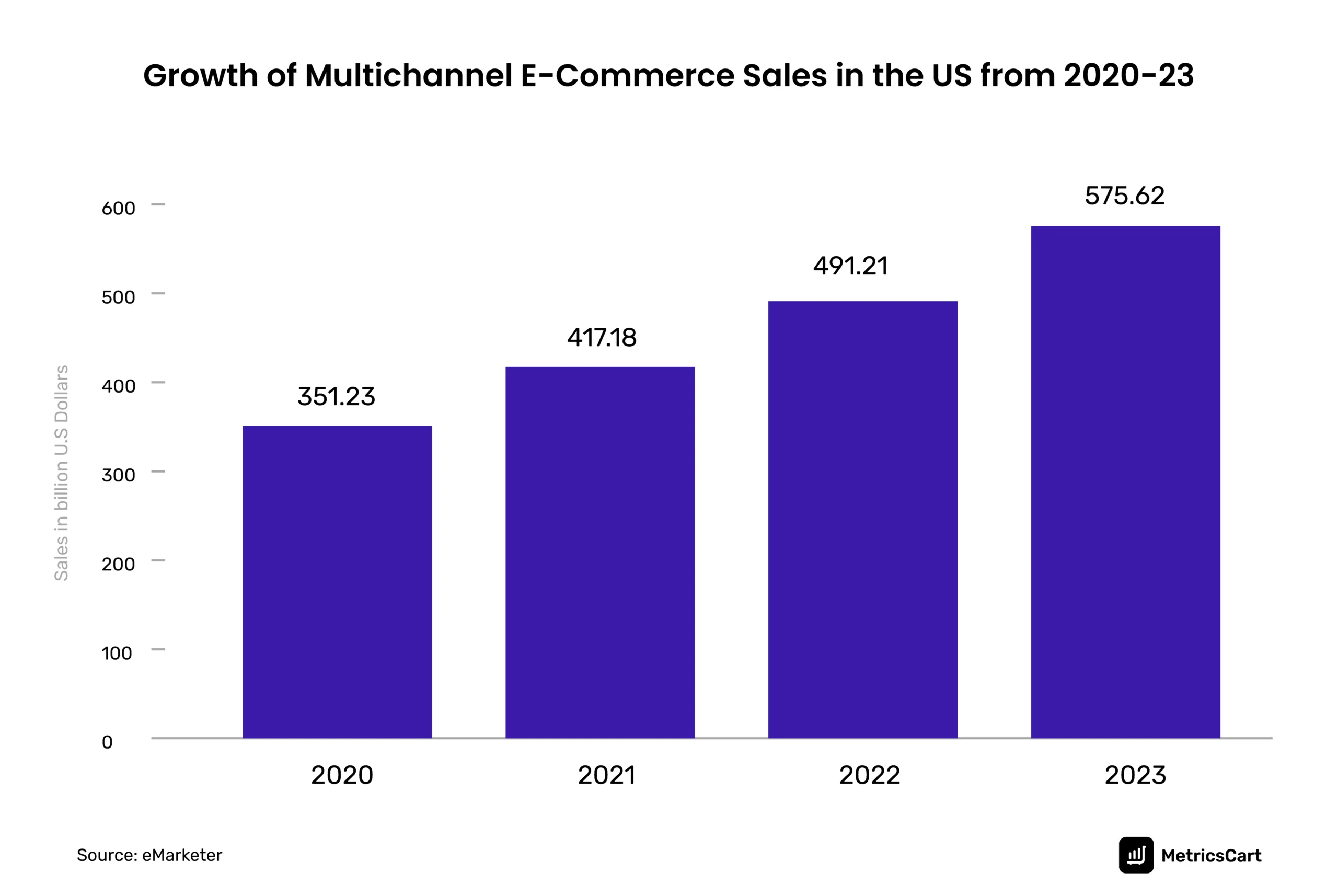
Following this trend, organizations tend to provide personalized attention and deliver true value by optimizing their online catalogs.
As shoppers use mobile phones to compare prices and promotions online while shopping in stores, retailers or brands can give customers a consistent shopping experience by having a mobile-compatible webpage.
Besides, centrally managing and integrating product information, listings, inventory, and orders ensures a seamless and unified brand experience across multiple channels.
Optimize the Listings to Improve the Store’s SEO
Performing regular search engine optimization (SEO) for the store by using relevant high-volume keywords throughout the product descriptions and adding high-quality images and alt text is essential for boosting product discoverability and picking up online sales.
Amazon’s algorithm recommends those products to the shoppers that sell faster and the items that vendors ship to Amazon warehouse. These product catalogs have the highest probability of winning the buy box and gaining more traffic.
You may also like to read Understanding Customer Buying Behavior on Amazon in the US
On the other hand, Walmart assigns scores to its listings based on the optimization triangle metrics.
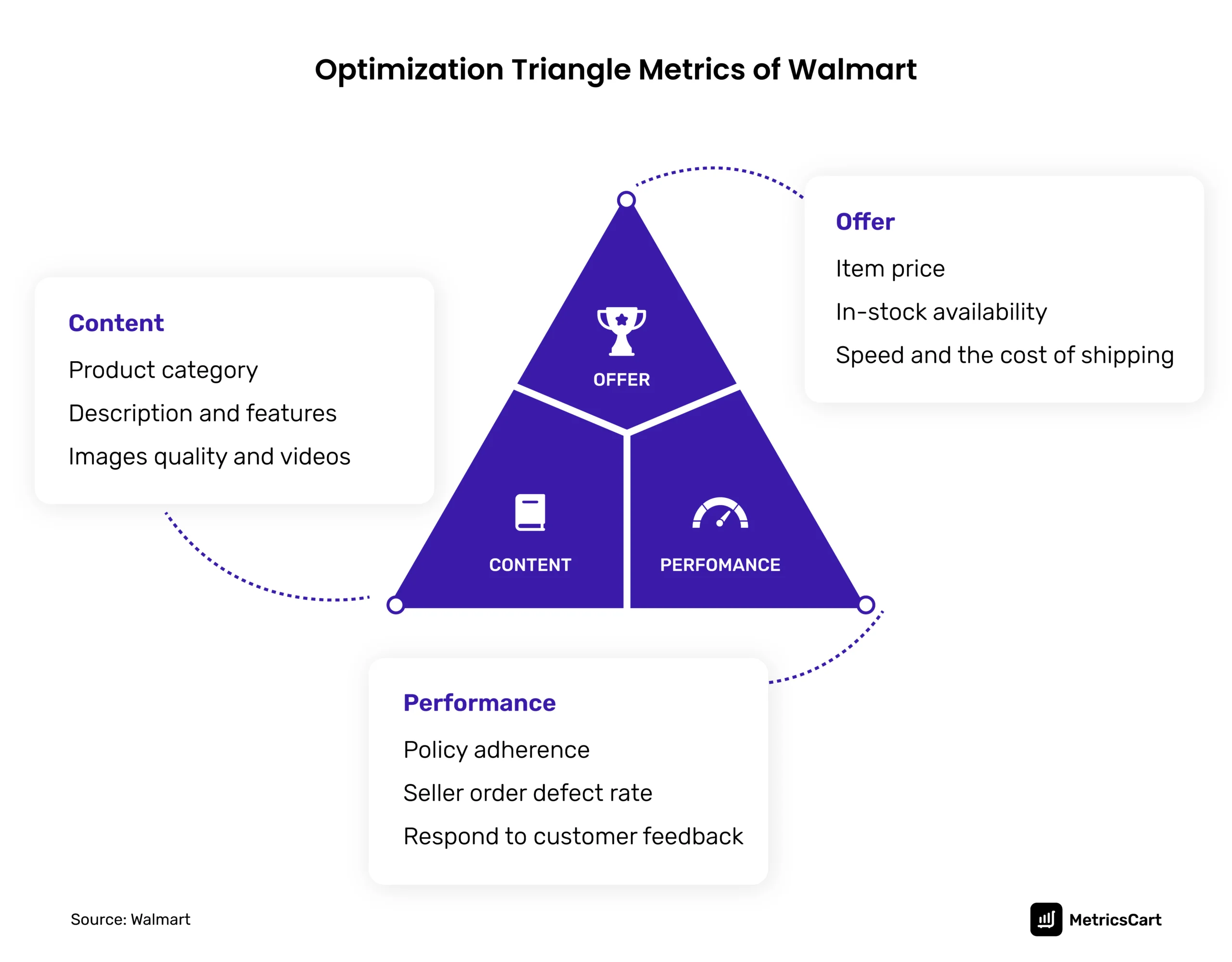
The retailer gives higher scores to descriptive listings, the ones that extend greater customer experience, and products with competitive offers.
Detailed product descriptions minimize product returns. Once the product wins customer confidence, they may buy the brand again.
Read more on E-Commerce Product Page Optimization: Tips and Examples
Run Limited Time Promotions
Adobe Analytics 2024 study found that this year online shoppers have increasingly traded for less expensive goods across various categories.
Therefore, running a limited-time promotional pricing strategy is one of the fastest ways to attract more sales, especially for products with perfectly elastic demand. The demand for such products surges with the slightest reduction in prices.
As the profit margins will take a hit in this tactic, the time period and the percentage reduction should be a well-thought-out decision.
Worried about constant price changes on Amazon? Explore the Amazon Price Tracker You Need in 2024: A Seller’s Guide
Participate in Shopping Events
The sales performance of brands participating in shopping events such as Prime Day, Black Friday, and Cyber Monday is usually better than any other day of the year, as many customers do holiday shopping during this period.
Include User Generated Content
User-generated content in the form of ratings and reviews is fundamental to the shopping experience today. As per the 2023 Bazaarvoice Shopper Experience Index, 74% of shoppers feel more confident and trust user-generated content more than brand-provided content on product description pages. The conversion rate is observed to be 3.5 times for listings with embedded customer reviews.
Monitoring ratings and reviews helps brands drive actionability in decision-making. This metric indirectly improves the sales percentage of a product as customers refer to this metric before they make a purchase. And, in case of negative reviews, resolving them quickly turns more browsers into shoppers.
Click the link to learn about Product Rating and Review Monitoring on the Digital Shelf
Re-target Existing Customers
Reconnecting with customers who shopped with a business in the past via e-mail to upsell complementary products or to recover abandoned carts improves the probability of customers revisiting the stores in time.
Be Updated with Retail Trends
Retailers could offer the service of ‘buy online, pick up in store’ (BOPIS) as the share of revenue of online orders using curbside pickup accounted for 17.9% from Jan–Mar 2024. The Adobe analysis forecasts shoppers may spend between $81 billion to $84.8 billion dollars through the service.
Similarly, the ‘buy now, pay later’ service for the entire year is expected to grow between 8% and 13%.
Sometimes, the retailer shifts business strategies in stores and online to generate sales. This could potentially mean an opportunity for brands to sell more of their goods. For instance, to stay competitive in the retail sector, Target routinely adjusts its prices on a number of items. The new price reduction is over and above the retailer’s everyday low prices.
Staying up-to-date with such fast-paced shifts in retail is a must for brands and sellers to increase e-commerce sales.
Give More Product Recommendations
Retailers who show similar items, bundled offers, or complementary products below a listing encourage visitors to browse more and often put additional items in their carts.
Monitor Products Using Digital Shelf Analytics
Advanced analytics can help organizations truly understand their product category, customer intentions, and competitor behavior across e-commerce sales channels.
Here are some of the advantages of monitoring retail digital shelves:
- Monitoring stock at the SKU level helps to maintain optimum stock at all times and prevents out-of-stock situations
- Price monitoring service helps sellers decide on the price that may increase e-commerce sales and identify MAP violators for brands
- Track reviews and ratings of all brands in the product portfolio to understand customer needs better
- Create better customer engagement through product page optimization
- Monitoring competitor pricing and promotion to measure the success rate of promotional campaigns
- Monitor your search ranking in online marketplaces
How to Improve Online Website Sales?
According to Ahrefs organic search traffic estimates, Apple is the only retail consumer brand featured among the top 100 most visited websites in the US in May 2024. Other than the brand value, here are some features that boost e-commerce sales for the brand.
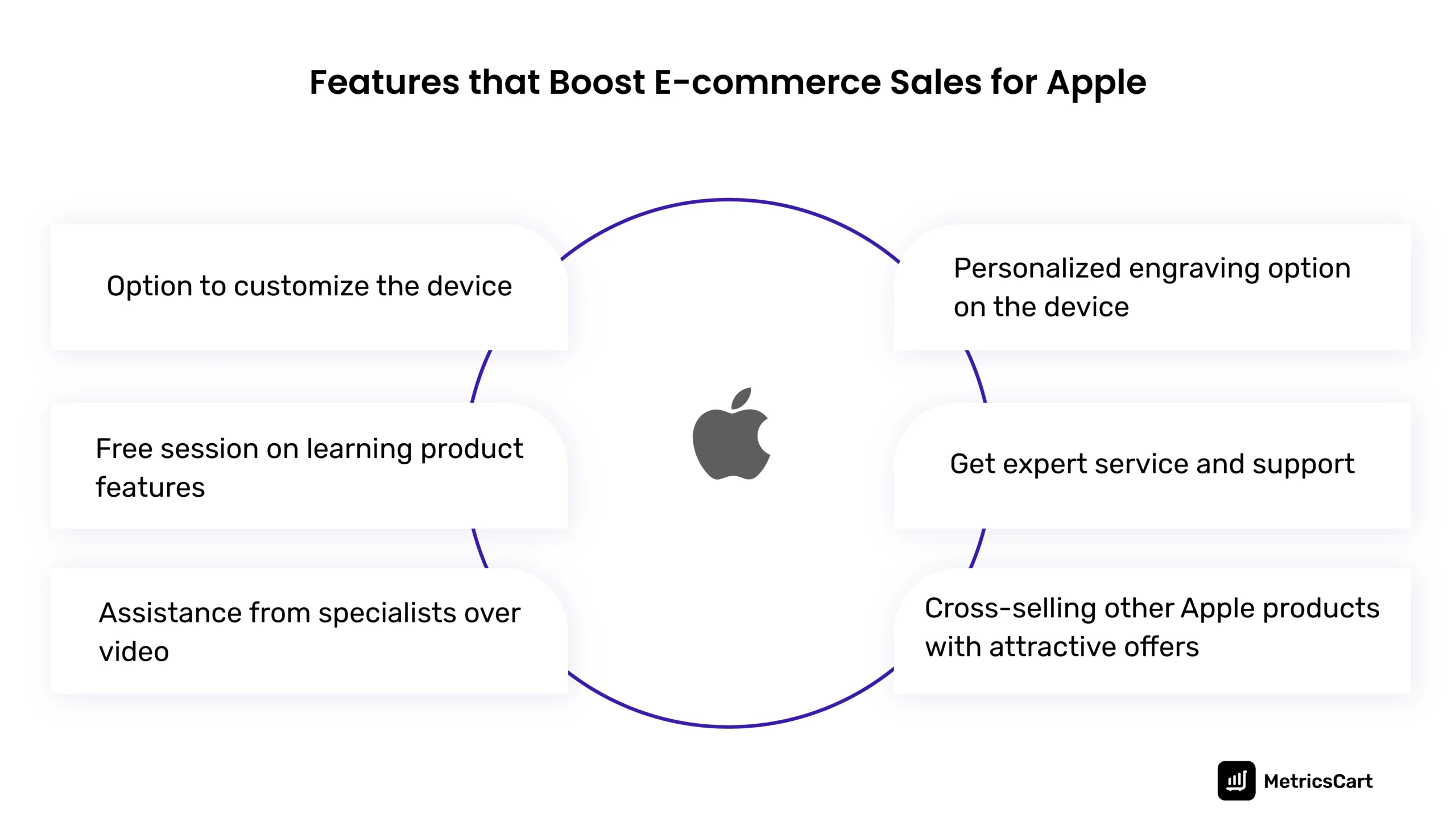
In addition to the store, the Apple website features updated information on all the latest products from Apple, offers product customizations and personalized sessions with specialists to explore the features of their products, and the site attempts to cross-sell other products and services from Apple.
Have a Live Chat Function on the Website
Shoppers crave interaction before a transaction. The live chat widget allows shoppers to communicate with the brand more effectively and clarify their doubts. This increases the probability of website sales.
Optimize the Checkout Process
Statistics on the reasons for cart abandonment, according to a 2024 Baymard study, revealed:
- 48% did not complete the sale because of high shipping cost
- 26% abandoned the cart when they were asked to create an account
- 25% of customers did not feel safe sharing credit card details on the site
- 23% cited slow delivery as the reason for not completing the sale
- 22% of shoppers left because of a complicated checkout process
The statistics prove it is better for businesses to do sales on major e-commerce channels such as Walmart, Amazon, Best Buy, or Target than sell on their own websites.
Increase E-Commerce Sales with Digital Shelf Analytics Provider
Boost your brand’s online sales across all e-commerce channels where it has a presence. With a digital shelf analytics service provided by MetricCart, brands can track various metrics, such as price monitoring, that matter most for optimizing online sales.
For a deeper understanding of other players in your category and to increase the e-commerce sales of your brand, contact us today for all retail-related data monitoring needs.
